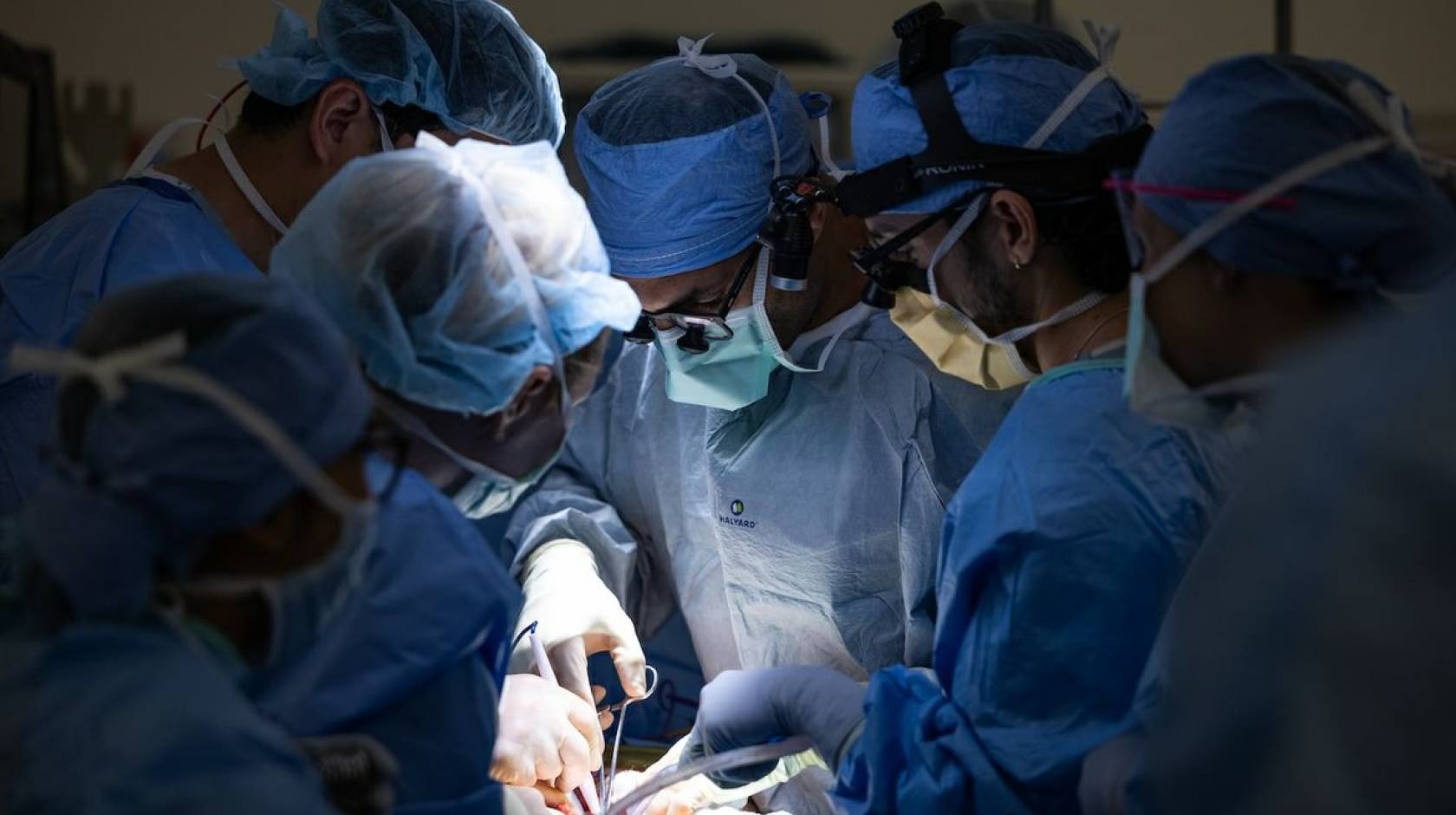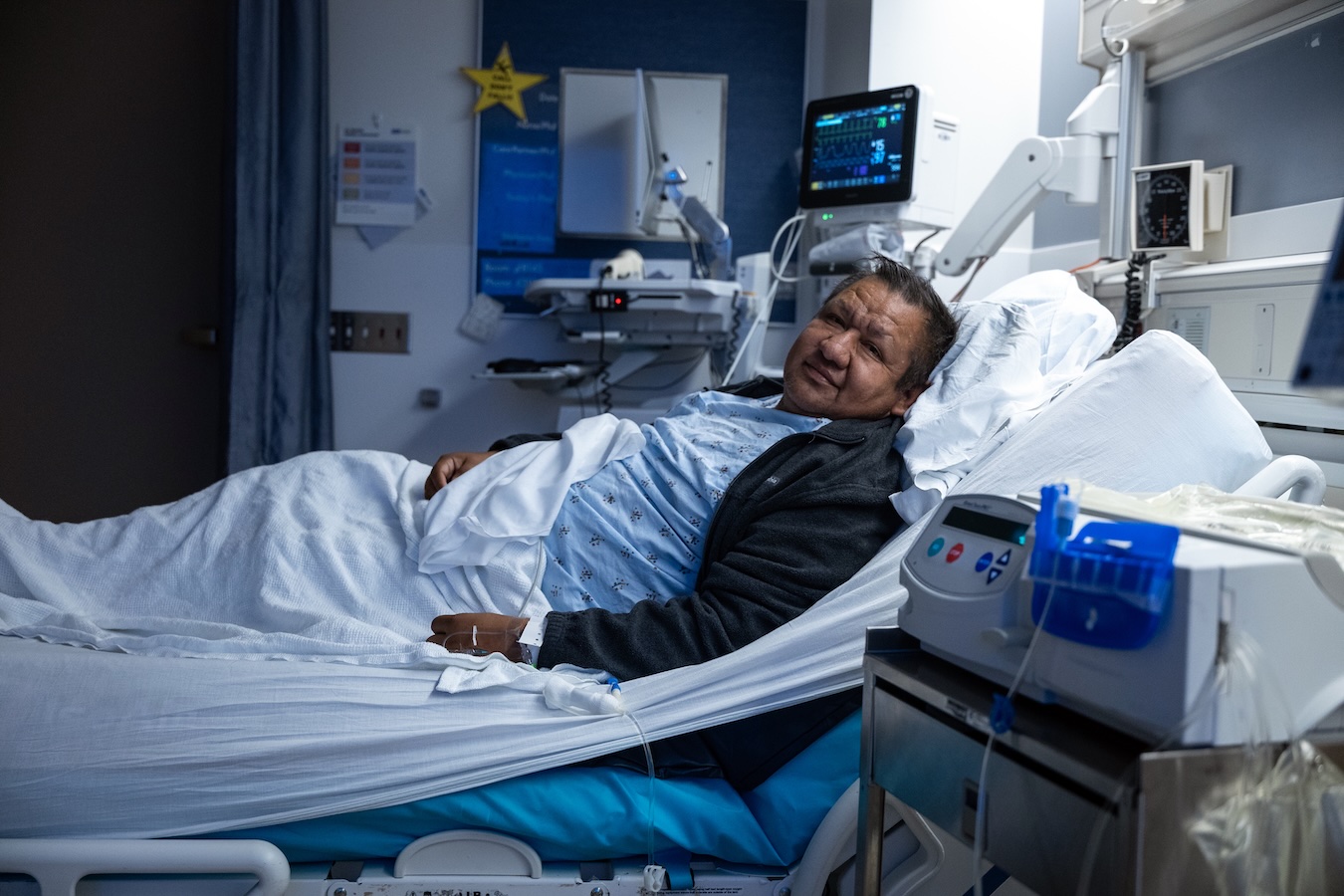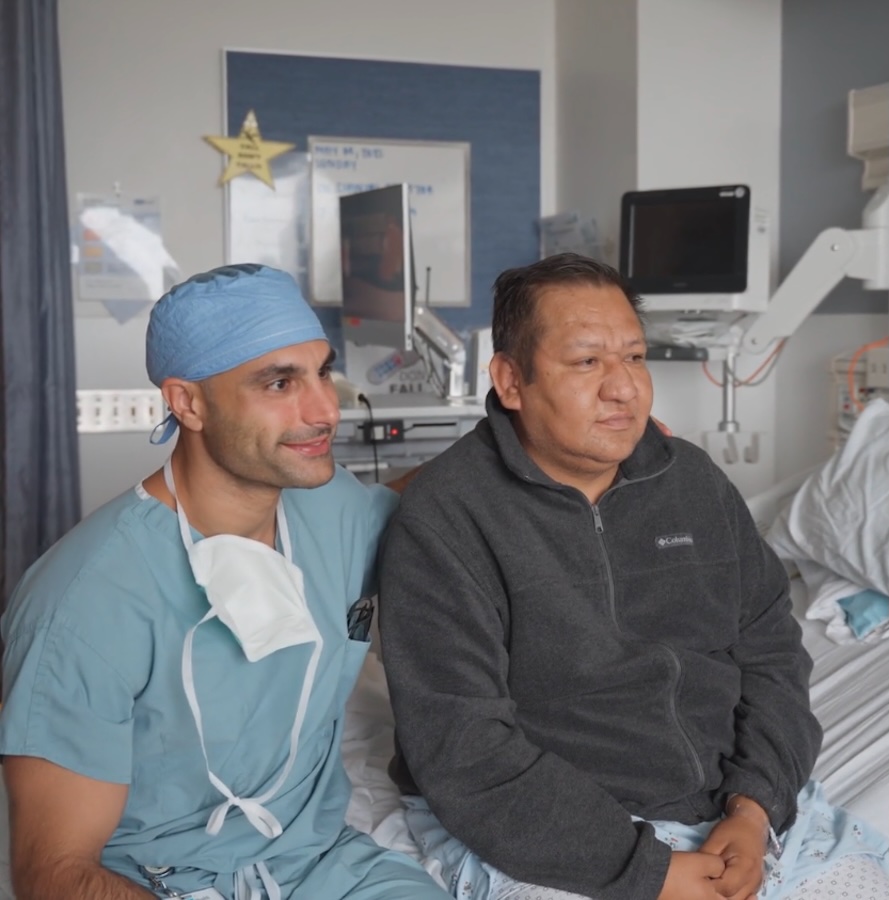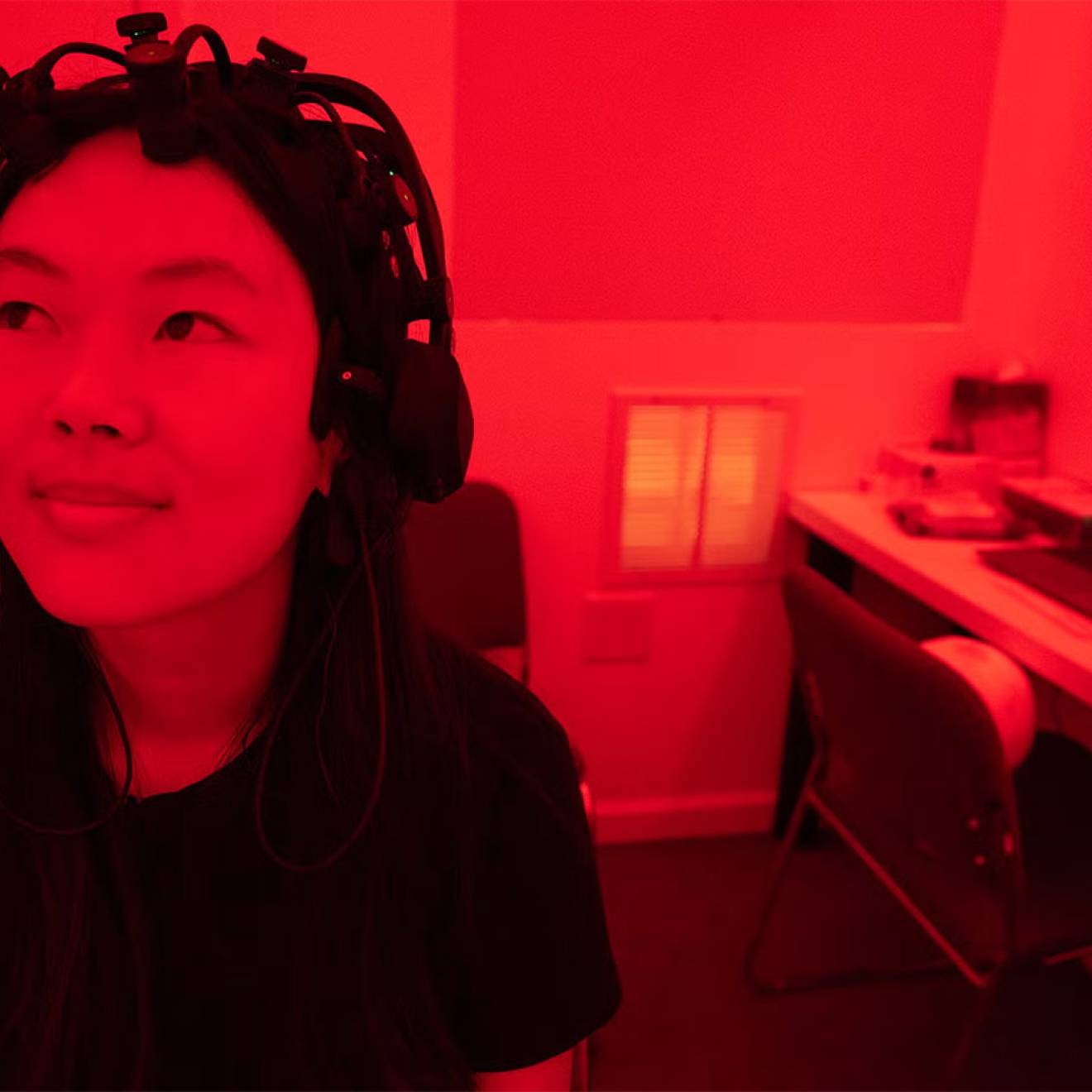UCLA

Surgeons from UCLA Health have successfully performed the first-ever human bladder transplant, a potentially game-changing procedure for people suffering from bladder dysfunction and pain.
The historic surgery, which was completed at Ronald Reagan UCLA Medical Center on May 4, was led by UCLA urologic transplant surgeon Dr. Nima Nassiri with assistance from Dr. Inderbir Gill, founding executive director of the USC Institute of Urology. The two surgeons had collaborated for years to develop and refine the new technique.
“This first attempt at bladder transplantation has been over four years in the making,” said Nassiri, who directs UCLA’s Vascularized Composite Bladder Allograft Transplant Program and is an assistant professor of urology and kidney transplantation. “For the appropriately selected patient, it is exciting to be able to offer a new potential option.”
How the first bladder transplant was performed

The transplant recipient, 41-year-old Oscar Larrainzar, a father of four, had previously lost most of his bladder during a tumor removal process, leaving the remainder too small and compromised to work. Both of his kidneys were also subsequently removed due to cancer and end-stage kidney disease, and he had been on dialysis for seven years.
The complex procedure involved the transplantation of both a new bladder and a new kidney, recovered from a donor. The surgeons first transplanted the kidney, followed by the bladder; they then connected the kidney to the new bladder using the technique they had pioneered. The entire procedure lasted approximately eight hours. The results, Nassiri said, were quickly evident.
“The kidney immediately made a large volume of urine, and the patient’s kidney function improved immediately,” he said. “There was no need for any dialysis after surgery, and the urine drained properly into the new bladder.”
There are unknowns associated with the procedure, including how well the transplanted bladder will function over time and how much immunosuppression will be needed to prevent rejection of the transplanted organs. To date, Larrainzer has been stable.
Why have bladder transplants not been performed until now?
As part of their research and development, Nassiri and Gill conducted numerous practice surgeries at Keck Medical Center of USC, including the first-ever robotic bladder retrievals and transplantations, as well as non-robotic trial runs of bladder recovery, allowing them to perfect the technique.

Dr. Nima Nassiri, director of UCLA’s Vascularized Composite Bladder Allograft Transplant Program (left), with transplant patient Oscar Larrainzar before the successful bladder transplant surgery. Credit: Still from a video by Cesar Sarmiento/UCLA Health
Bladder transplants have not been done previously, they said, in part because of the complicated vascular structure of the pelvic area and the technical complexity of the procedure. Current treatments include the replacement or augmentation of the urinary reservoir — a procedure that uses part of a patient’s intestine to create a “new” bladder or a pathway for urine to exit the body. While these surgeries can be effective, they come with many short-and long-term risks that compromise a patient’s health such as internal bleeding, bacterial infection and digestive issues.
“A bladder transplant, on the other hand,” Nassiri said, “results in a more normal urinary reservoir and may circumvent some short- and long-term issues associated with using the intestine.”
The procedure was performed as part of a UCLA clinical trial designed by Nassiri and Gill, who hope to perform more bladder transplants in the near future.
UCLA, a national leader in transplant surgeries, proved the best site to conduct the combined kidney-bladder transplant surgery because the university’s kidney transplant program is housed within its department of urology. That provided the necessary infrastructure, clinical expertise and multidisciplinary support to carry out the procedure and to manage the patient from pre-transplant evaluation through post-transplant care.

